Uncategorized
-
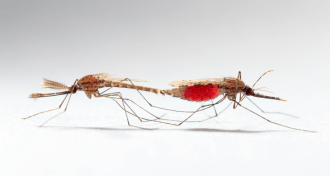 Life
LifeSexual conflict in mosquitoes may have worsened spread of malaria
Sexual conflict in Anopheles mosquitoes may have intensified their power to fuel human malaria.
By Susan Milius -
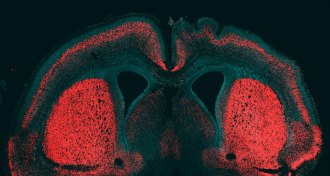
-
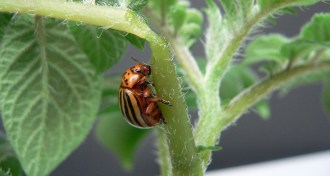 Plants
PlantsBeetle RNA makes crops a noxious meal
When beetles munch plants bearing their RNA, genes the bugs need to survive are turned off.
-
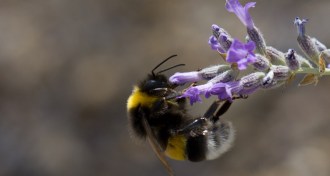 Neuroscience
NeuroscienceBees may merge their flower memories
Bumblebees sometimes prefer fake flowers with the combined patterns and colors of ones seen before, suggesting they merge memories of past experiences.
-
 Life
LifeChili peppers’ pain-relieving secrets uncovered
Scientists discover how stuff that makes chili peppers hot relieves pain.
-
 Astronomy
AstronomyMonster black hole lurks in the early universe
A black hole weighing the same as 12 billion suns is the most massive one known in the early universe.
-
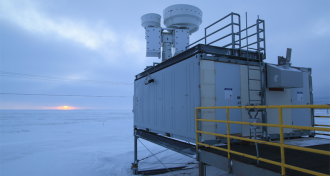 Climate
ClimateScientists confirm amassing CO2 heats Earth’s surface
Rising levels of atmospheric carbon dioxide increase the amount of thermal radiation striking Earth’s surface.
-
 Quantum Physics
Quantum PhysicsPhysicists double their teleportation power
In a teleportation first, physicists transfer two quantum properties from one photon to another.
By Andrew Grant -
 Health & Medicine
Health & MedicineAdditives that keep foods fresh may sour in the gut
Additives called emulsifiers that are used in ice cream and other foods weaken the intestines’ defenses against bacteria, causing inflammation in mice.
-
 Health & Medicine
Health & MedicineCommunity protection against measles jeopardized
‘Herd immunity’ to measles may be threatened by low vaccination rates in some parts of the United States.
-
 Earth
EarthWater’s unclear origins, shaky solutions to climate change and more reader feedback
Readers discuss the pitfalls of carbon storage, whether a recent movie got Alan Turing's story right and more.
-
 Health & Medicine
Health & MedicineWhy stress doesn’t just stay in your head
Chronic stress may start in the brain, but new research reveals that its influences on the body roam far and wide.
By Eva Emerson